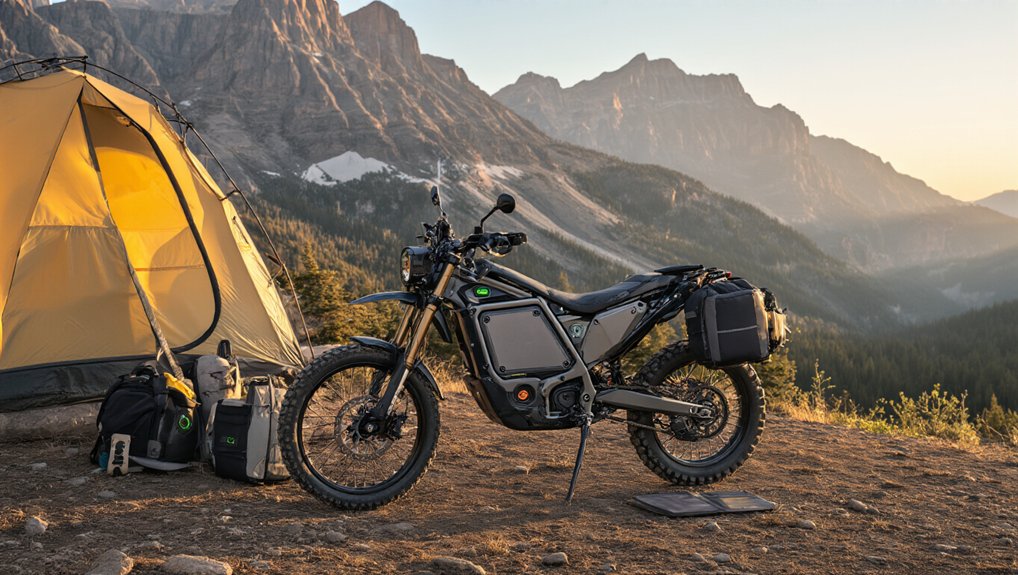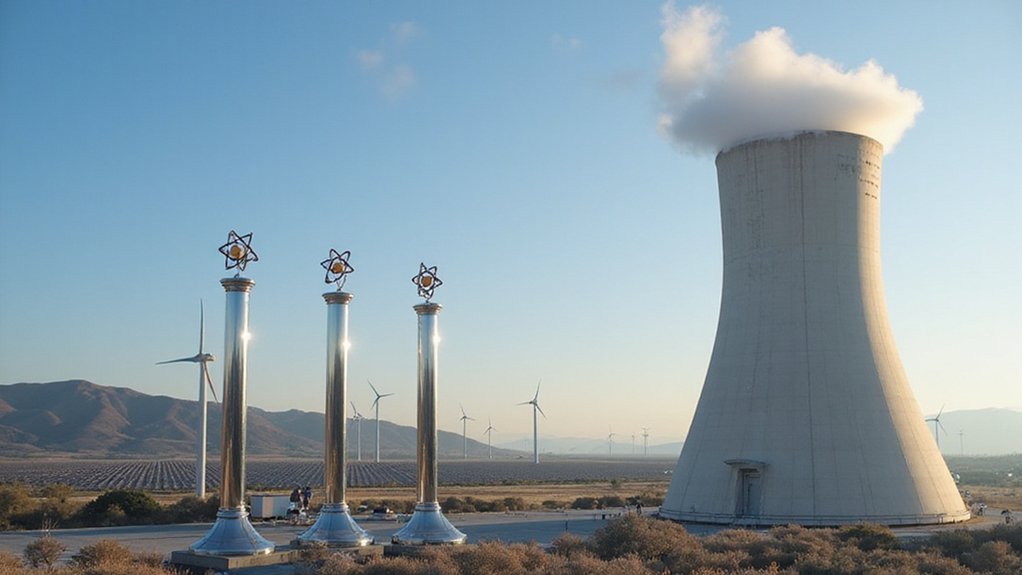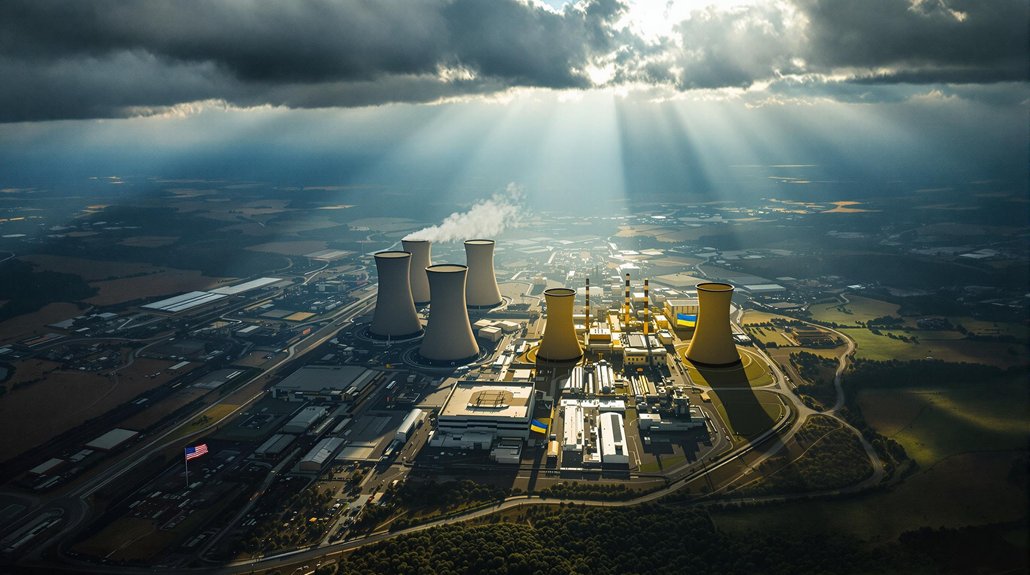While climate change continues to threaten global ecosystems, nuclear power stands as a critical yet controversial solution on the world stage. It’s not exactly the prom king of energy sources—radioactive waste isn’t winning any popularity contests. But the numbers tell a different story. Nuclear has prevented a staggering 70 gigatonnes of CO2 emissions over five decades. That’s not small potatoes.
The science is clear. Every credible climate model, including the IPCC’s 1.5°C scenario, places nuclear energy front and center. We currently have 394 GW of nuclear capacity. To hit our climate targets? We need 1,160 GW by 2050. Triple the nukes, triple the fun. Or at least triple the carbon-free electricity.
Unlike its fickle cousins—wind and solar—nuclear doesn’t take days off when the weather’s bad. It churns out electricity 24/7 with capacity factors above 85%. Impressive, right? While renewable advocates are praying for sunshine, nuclear plants just keep humming along, providing over a quarter of the world’s low-carbon electricity.
Nuclear delivers when others can’t—powering through storms and darkness while renewables hope for good weather.
The health benefits are shocking too. Nuclear power has reportedly prevented 1.84 million air pollution-related deaths worldwide. Turns out not breathing fossil fuel particulates is good for you. Who knew?
Looking ahead, expanded nuclear could prevent another 80-240 gigatonnes of CO2 emissions by mid-century. That’s assuming we don’t chicken out on building them. India’s commitment is particularly notable, with ambitious plans to expand its nuclear capacity to 100 GW capacity by 2047. The Union of Concerned Scientists now advocates for nuclear energy as part of our climate solution. The ideal energy mix varies by region—some places have abundant renewable resources, others don’t. Nuclear fills those gaps.
The expansion is ambitious but doable. It’ll take a mix of extending existing reactors, building new large plants, and deploying those fancy small modular reactors everyone’s talking about.
Policy support, investment, and public acceptance are the big hurdles. Nuclear energy isn’t perfect—nothing is. However, many facilities face increasing vulnerability as rising sea levels threaten coastal plants, potentially undermining their reliability as climate solutions. But when facing climate catastrophe, are we really in a position to be picky about our solutions?
References
- https://www.oecd-nea.org/upload/docs/application/pdf/2023-12/nuclear_energy_and_climate_change.pdf
- https://sgtscholar.wordpress.com/2020/08/29/nuclear-power-climate-and-energy-savior/
- https://www.giss.nasa.gov/pubs/abs/kh05000e.html
- https://hotglobe.substack.com/p/nuclear-power-is-already-a-climate
- https://www.iaea.org/sites/default/files/iaea-ccnp2022-body-web.pdf








